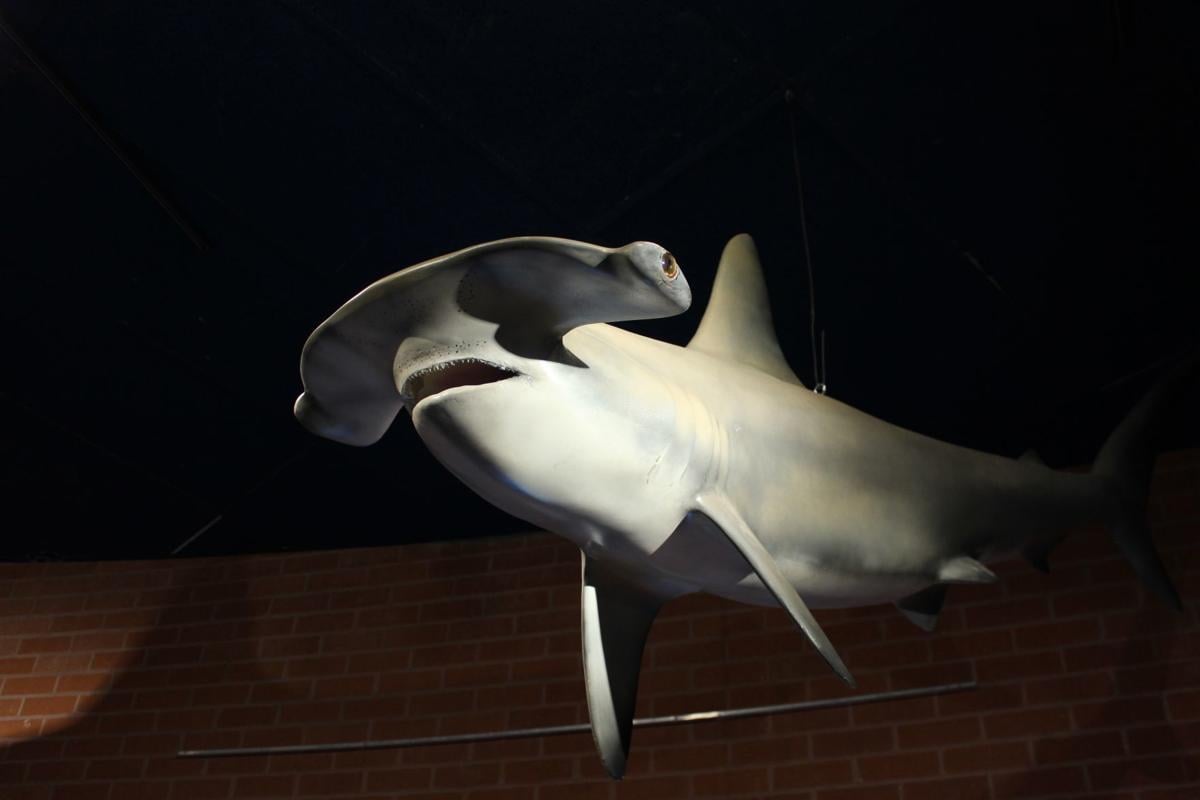This summer, we are asking museums and galleries to select a piece on display so that we may get a closer look.
This week, Flandrau Science Center & Planetarium’s hammerhead shark model, on display as part of its “Sharks: Magnificent and Misunderstood” exhibit, takes center stage.
Artist: The original artist is unknown. The model was restored by local sculptor Michael Lee.
The subject: A 7-foot-long, scalloped hammerhead shark model, on loan from The Fin Foundation, a Tucson-based nonprofit that teaches ocean education to communities across the Southwest. The scalloped hammerhead’s scientific name is Sphyrna lewini.
What makes the piece significant: This life-size model of a hammerhead shark enables visitors to marvel at the unusually shaped head of this species. The head shape, called a cephalofoil, gives hammerheads unique abilities when hunting their prey. It helps the shark receive electromagnetic signals and also gives it a nearly 360-degree range of vision.
People are also reading…
What demands a closer look: An accompanying display at Flandrau shows the pattern of the special sensor pores on the underside of the cephalofoil. The specialized pores, called “ampullae of Lorenzini,” enable the hammerhead to detect small electrical fields generated by other sea life so it can hunt for hidden food.
Anything else we should know: As recently as 20 years ago, hundreds of hammerhead sharks would gather in the Gulf of California. Today, hammerhead sharks, along with many other shark species, are endangered. Their numbers have dropped drastically and sightings are rare.
Where to see it: Flandrau Science Center and Planetarium on the University of Arizona campus, 1601 E. University Blvd. Open 9 a.m.-5 p.m. Mondays-Thursdays, 9 a.m.-10 p.m. Fridays, 10 a.m.-10 p.m. Saturdays and noon-5 p.m. Sundays. Admission is $16 with discounts available. flandrau.org. 621-4516.
Source: Shipherd Reed, Flandrau’s, associate director of communications.
Contact reporter Gerald M. Gay at ggay@tucson.com or 573-4679.




















